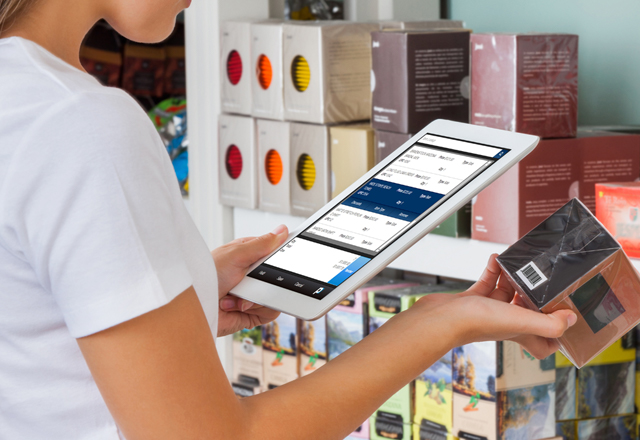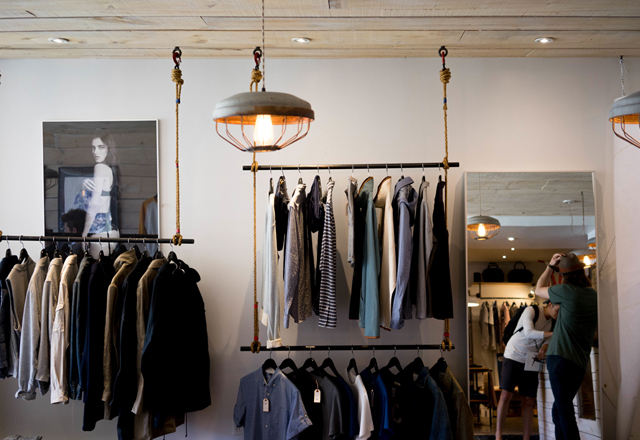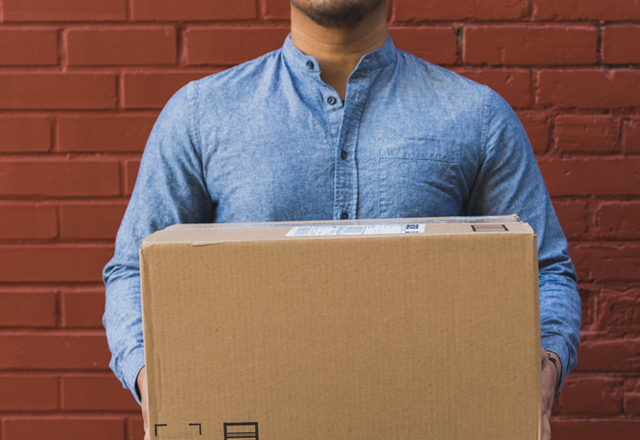Same-day service appeals to COVID-19-homebound shoppers

With COVID-19 as the latest driver for store closures, brick-and-mortar stores have had to get innovative to keep transactions flowing and compete against their born-online ecommerce counterparts.
It’s not simply a price game. Unique product selection and convenience and are differentiators that can position a brick and mortar as a go-to for shoppers staying home to curb the virus’ spread.
One convenience that’s a long time coming but potentially a game changer is same-day order fulfillment.
The shipping options spectrum
Retailers that sell items in store and online often offer traditional shipping, which can take several days to arrive at the customer’s doorstep. Adding insult to injury, in addition to the wait time, there’s also a charge for delivery.
Of course, many offer free in-store pick up, but that is often inconvenient.
Many a local retailer has lost a sale to Amazon for its Prime shopping service.
Same-day service perfectly fills that void for brick and mortars, and if the local pizza parlor can do it, it’s likely a department store can as well.
Reach more shoppers with flexible shipping
Same-day service not only endears retailers to their loyal customers at this time when few are venturing beyond their living room.
It also appeals to those too busy to go out shopping, as well as the elderly, or those who may be homebound or without transportation.
It’s also a lifesaver for businesspeople who may have to attend a core meeting at a moment’s notice.
A speedy delivery of a dress shirt and tie or black pumps is not only perceived by the recipient as a career saver, but also provides good will that converts into loyal customers and more sales.
And don’t discount the impulse buy as a driving factor for offering same-day delivery. Customers are just as likely to get cravings while shopping online as they are on the checkout line.
Offering a quick turnaround time from cart to doorstep lets retailers offer last-minute, quickly-delivered finds for buyers to add to their cart.
Shoppers are willing to cover the cost
It’s true, offering same-day delivery will add substantial operating costs. However, offering same-day shipping as an option with an extra cost positions a retailer as one that is serious about keeping up and offering the most convenient shipping methods to improve customer experience.
In 2016, McKinsey released a report that found 20 to 25 percent of consumers would pay significant premiums to receive their items on the same day. Groceries, small electronics, and automotive parts top the list of products consumers are willing to pay for fast delivery, with up to 45% willing to pay extra.
Same-day delivery isn’t new; Macy’s has offered it in several markets since 2015, for example. What is new is the demand for the service, which is growing.
And with COVID-19 keeping most shoppers at home, there can be higher adoption of same-day service, faster.
More customers want the convenience of delivery with the benefits of in-store shopping. The question is, will more retailers be willing to accommodate the customer with new, more efficient shipping methods?












